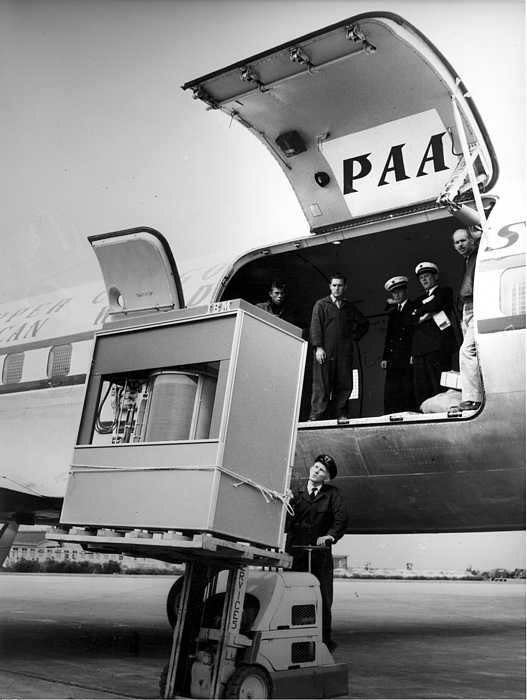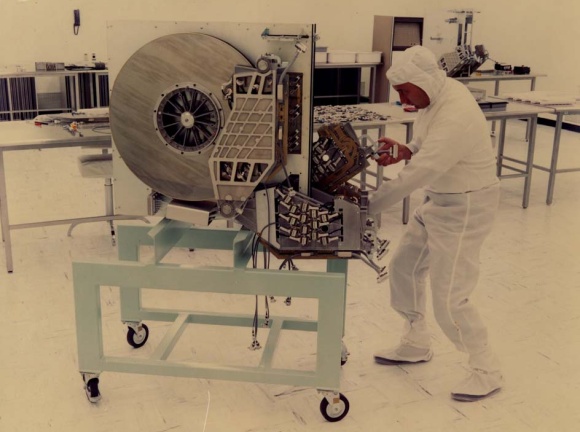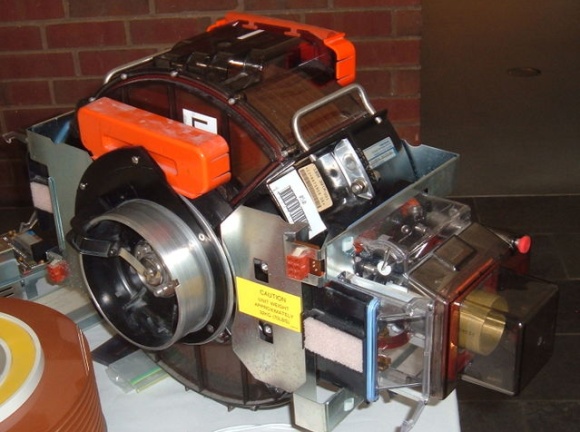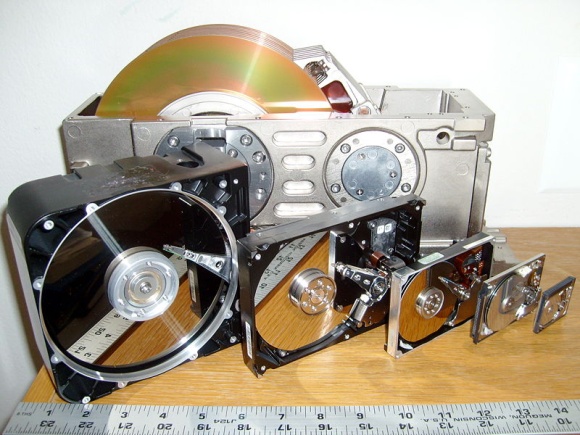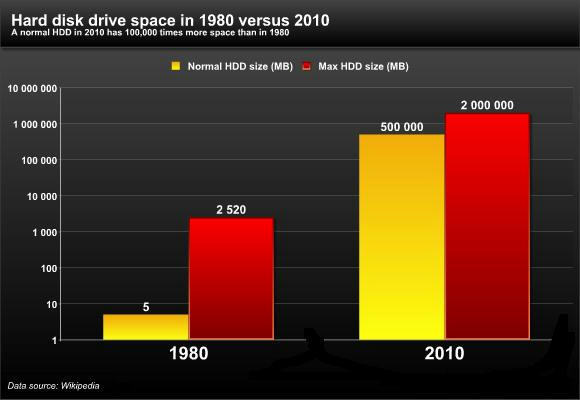It wasn't too long ago that choosing an Android phone came down to whether you wanted a physical keyboard (HTC G1/Dream) or not (HTC Magic). With increasing Android adoption from carriers and handset manufacturers, making the same decision in 2010 is a lot harder. We've put two of the latest Android phones, the HTC Desire and the Sony Ericsson Xperia X10, head to head in our latest versus review - read on for the details.
The Specifications
CPU
* Desire: Qualcomm Snapdragon QSD8250 (1GHz)
* Xperia X10: Qualcomm Snapdragon QSD8250 (1GHz)
Memory (RAM)
* Desire: 576MB
* Xperia X10: 384MB
Operating System
* Desire: Android 2.1 (with HTC Sense UI)
* Xperia X10: Android 1.6 (with Sony Ericsson User Experience)
Screen
* Desire: 3.7-inch 480x800 AMOLED touchscreen (252 pixels per inch) (1.9" x 3.2")
* Xperia X10: 4.0-inch 480x854 TFT touchscreen (245 pixels per inch) (2" x 3.5")
Camera
* Desire: 5 megapixel, autofocus, LED flash, face recognition, geotagging, smile detection
* Xperia X10: 8.1 megapixel, autofocus, LED flash, face recognition, geotagging, smile detection, image and video stabilization, touch focus
Battery
* Desire: 1400mAh
* Xperia X10: 1500mAh
The Screens
HTC Desire
What a bittersweet experience. When you first lay eyes on the Desire, you'll love the screen. Your home screens and the live backgrounds of Android 2.1 look absolutely gorgeous. It's once you start viewing photographs and watching video that the shortcomings of the AMOLED technology used in the Desire become apparent.
For some in-depth information about the shortcomings of the AMOLED screen, check out Ars Technica and Display Mate. Both articles are talking about the Nexus One's display, but it's the same display used in the Desire.
Xperia X10
Just...wow. I only need two words to describe the X10's screen - massive and gorgeous. You're not going to find greater pixel density outside of HTC's Windows Mobile devices. No matter what you're looking at - webpages, photos, video - it looks absolutely amazing.
The Design
The Xperia X10 is certainly an eye catching design, but once you're holding it, it loses a lot of the magic. Putting such impressive specifications inside such a plasticy case was a bad move - especially with the price tag they've slapped on it.
The Desire departs from the HTC look we're used to. That trademark chin is still there, but it's much more subtle. The optical trackball is certainly much nicer than the physical trackball of the HTC Hero, but I'd still rather use the touchscreen.
The UI
HTC Desire
My first experience with a custom user interface running on top of Android was HTC's Sense UI running on the HTC Hero, and I loved it. The Sense UI is back on the Desire, and it's badder than ever. There's seven home screens to customize as you see fit, and you can pinch to zoom out and see thumbnails of all seven screens, and quickly jump to the screen you want. There's HTC widgets and Android widgets displayed in a unified interface, and HTC are able to release new widgets for download without updating the operating system.
Xperia X10
Having experienced the dry look and feel of pre-2.0 Android, I can't fault Sony Ericsson's decision to create a custom UI to place on top of Android 1.6... but I can fault the execution, which manages to make a blazing fast 1GHz processor feel rather inadequate, and a whopping 4-inch screen seem too small. Portions of the UI seem like they've been designed specifically to waste all that real estate.
Performance
I'd initially thought that a 1GHz processor would be ample grunt for a smartphone to do just about anything, but the differing performance of these two phones has proved otherwise. I'm sure you've seen those TV ads for phones where everything is fluid and instant, even when the real world performance is far from it. Well, the HTC Desire is as close to that magical "ad phone" I've ever seen, whereas the Xperia has some serious performance issues.
This is probably not so surprising, given that HTC has had a long time to polish the Sense UI over multiple devices, and Sony Ericsson has tried to do something fairly ambitious straight out of the gate with their user experience, biting off more than they could chew in the process.
Social Media
HTC Desire
HTC's social media software, FriendStream, is functional enough, but it needs a couple of UX tweaks. The ability to view only Facebook updates or Twitter updates on their own would help, and it would be nice to be able to click links in tweets directly from the widget, rather than click on the tweet for the expanded view in HTC's Twitter client, Peep, before being able to click on the link.
Linking your contacts to their Facebook and Twitter profiles works beautifully, and flags potential matches for you which makes the initial setup much less painful.
Xperia X10
Sony Ericsson's social media software, Timescape, represents form over function at its finest... and the form isn't even that good. Feeds from your various social networks are displayed in "splines", which makes sense, but you can only see an average of four or five words from each status update, and profile pictures that look gorgeous in even the most barebones Twitter clients are stretched and warped beyond recognition. You can't even visit links in tweets - clicking them takes you to that user's profile on mobile.twitter.com site, which is totally unintuitive. I do have to give Sony Ericsson props for understanding that Twitter and Facebook are often different worlds, and you might only want to view messages from one of those services at a time.
Given Timescape is designed for socialites, I'm surprised there's no option for more frequent updates. The shortest update frequency for Twitter is 5 minutes, and Facebook is 1 hour. This is exacerbated by the fact that when it does pull new data, the updates are put into the spline one at a time, so the spline just keeps scrolling and scrolling - and you can't stop it from doing so if you see something interesting.
You can supposedly link your contacts to their social media profiles, but I never got it to do anything other than place a link to someone's Facebook profile from their contact.
Both
Both HTC and Sony Ericsson have quite a way to go before you can use one of these phones without a dedicated Twitter client (we recommend Twidroid) and the official Facebook application. Apple looks set to launch Facebook integration in iPhone OS 4.0, so we hope this spawns a new lot of innovation in this space.
Battery Life
While the X10 has an extra 100mAh up its sleeve compared to the Desire's 1400mAh battery, it's really splitting hairs to find a winner in terms of real life usage.
With 3G enabled, Gmail syncing and Twidroid updating in the background, both phones had about 40% left on the battery after 24 hours. That's nowhere near Nokia or BlackBerry levels of standby battery life, but it's impressive nonetheless - if you forget to charge either of these phones overnight, you'll have ample charge left to make it to the office the next day.
How they perform as a phone
Sometimes it's easy to forget that we buy these devices primarily to use as a telephone. The X10 has a couple of issues - the earpiece is a bit on the quiet side, so if you're the kind of person who finds yourself trying to communicate in noisy bars and clubs you might have some issues with it. More importantly, there's some bizarre software glitches that cause the phone to forget about missed calls and text messages - which is definitely not ideal.
The HTC Desire is definitely the most comfortable "slab of glass" style phone I've ever used. The rounded shape at the top is so much nicer on the ear than the metal rim of the iPhone or the plastic rim of the X10.
Multitouch
The HTC Desire is multitouch enabled, with pinch zoom in the browser and Google Maps providing a far superior user experience to the multitouch-less X10. The Desire's touchscreen is also far more responsive than that of the HTC Hero. Interestingly, there's conflicting information about whether multitouch is coming to the X10 when it's updated to Android 2.1 or 2.2 later this year.
Media Playback
Both these phones are head to head in terms of media support, but that's not to say either is particularly impressive. DivX and FLAC support would be an easy way to win the hearts of media junkies, so it's surprising to see that neither of these phones have done so.
The X10 puts the emphasis on Recently Played, Recently Added and Favorite media. You have to click "More" to get to the standard list of media. That might work for some, but not me - only my favorite media makes it onto my microSD card in the first place. The transitions and animations end up detracting from the usability - I just want a fast way to navigate through what's on there, not eye candy.
The Desire is as close to the iPhone/iPod touch as you're going to get outside Apple land. Navigating the menus is intuitive and very fluid, and you can create playlists on the device. At Mobile World Congress, HTC announced that the Desire would be getting DivX support in a future update, but neglected to mention when that update might be hitting devices.
The Winner
The X10 has such potential. If Sony Ericsson could iron out the kinks in their software, and improve format support with FLAC and DivX support, it'd be a hard one to beat in terms of media, but as it stands, it's really hard to recommend - the first thing I'd do if I bought one would be install a vanilla Android 2.1 ROM.
If you haven't figured it out by now, the HTC Desire is the clear winner of this shootout. Despite the shortcomings of the AMOLED screen, it's by far the nicest Android phone I've ever used. If you want an Android phone today, this is what you should be buying.
































